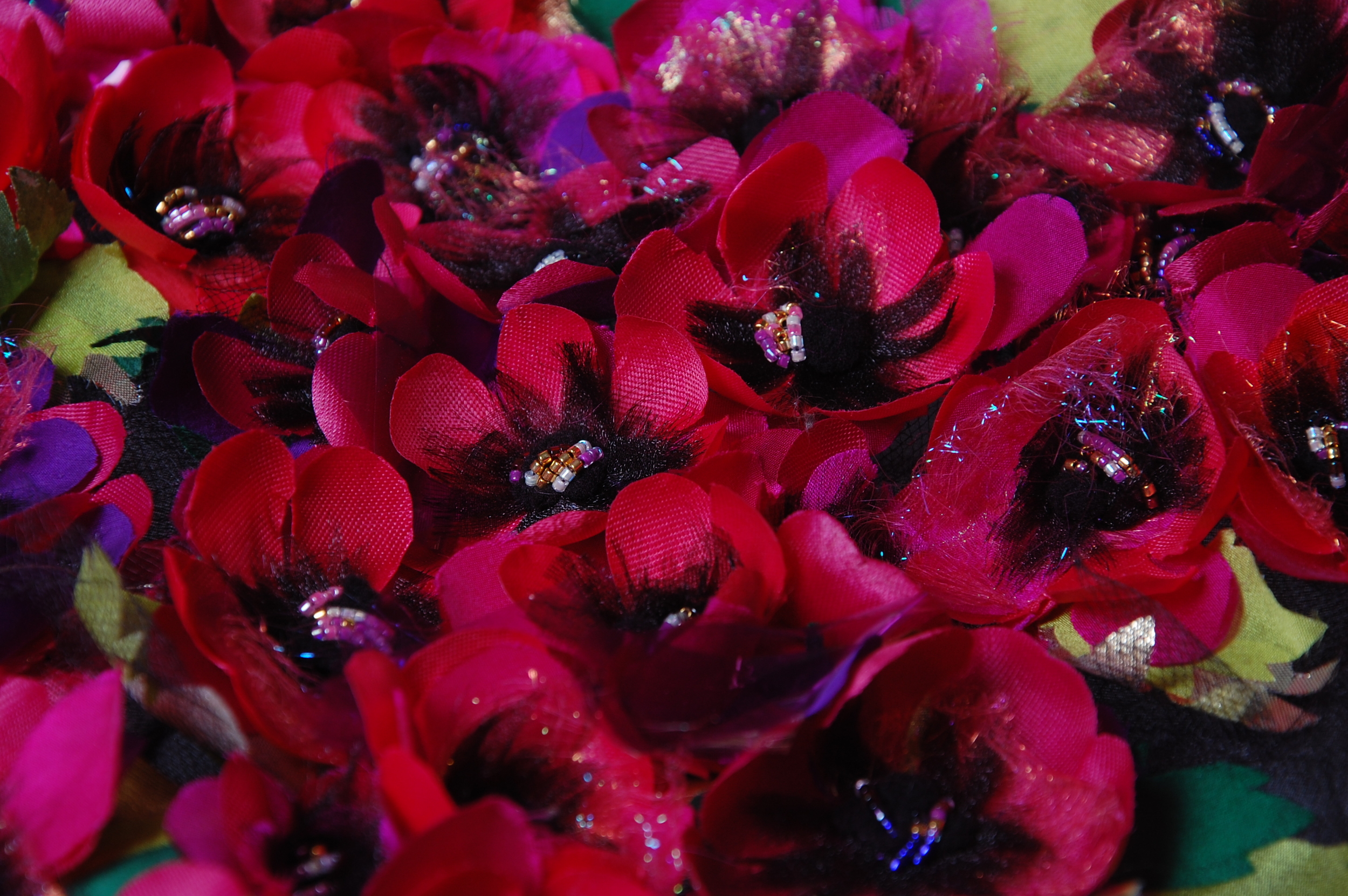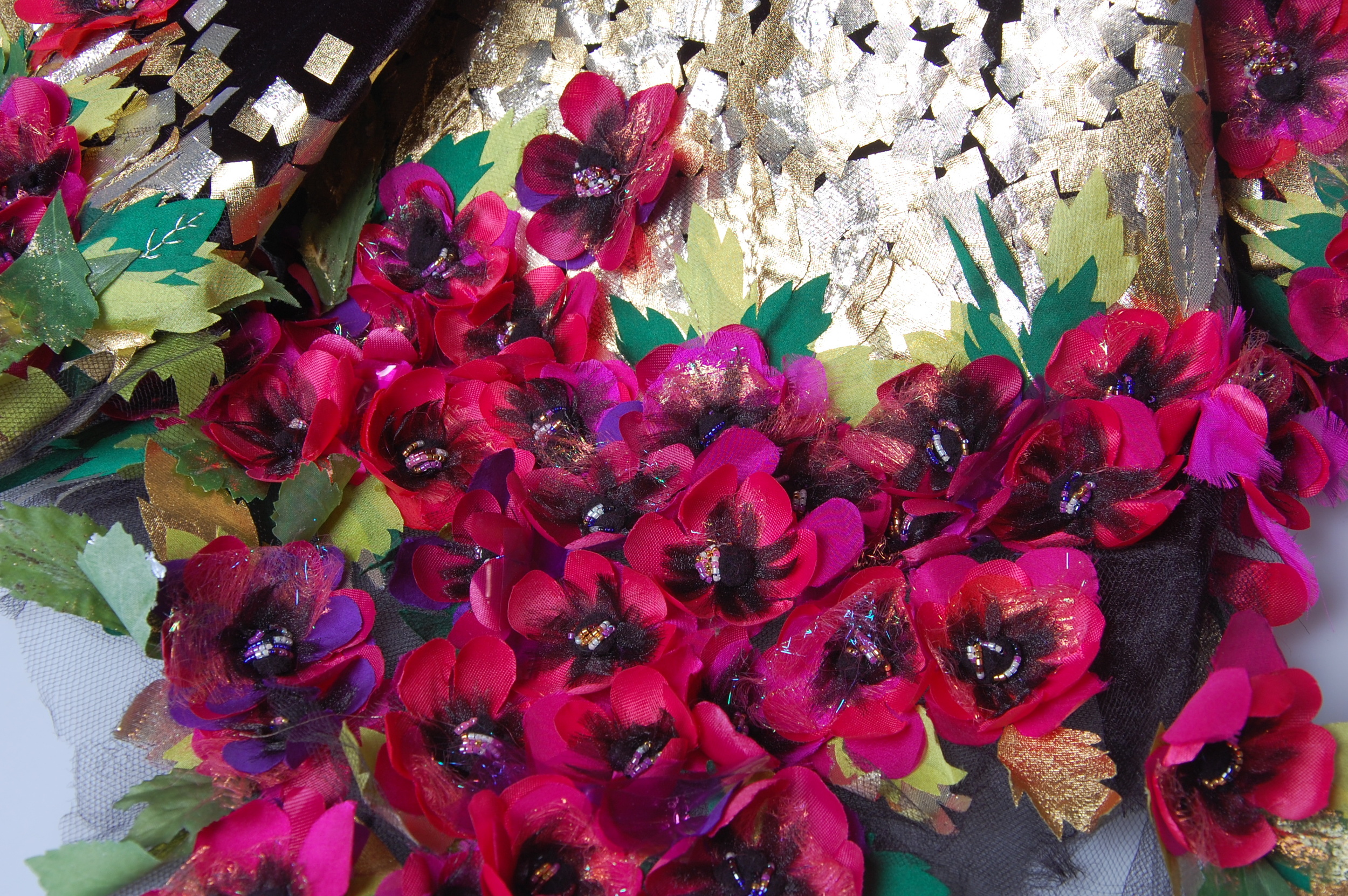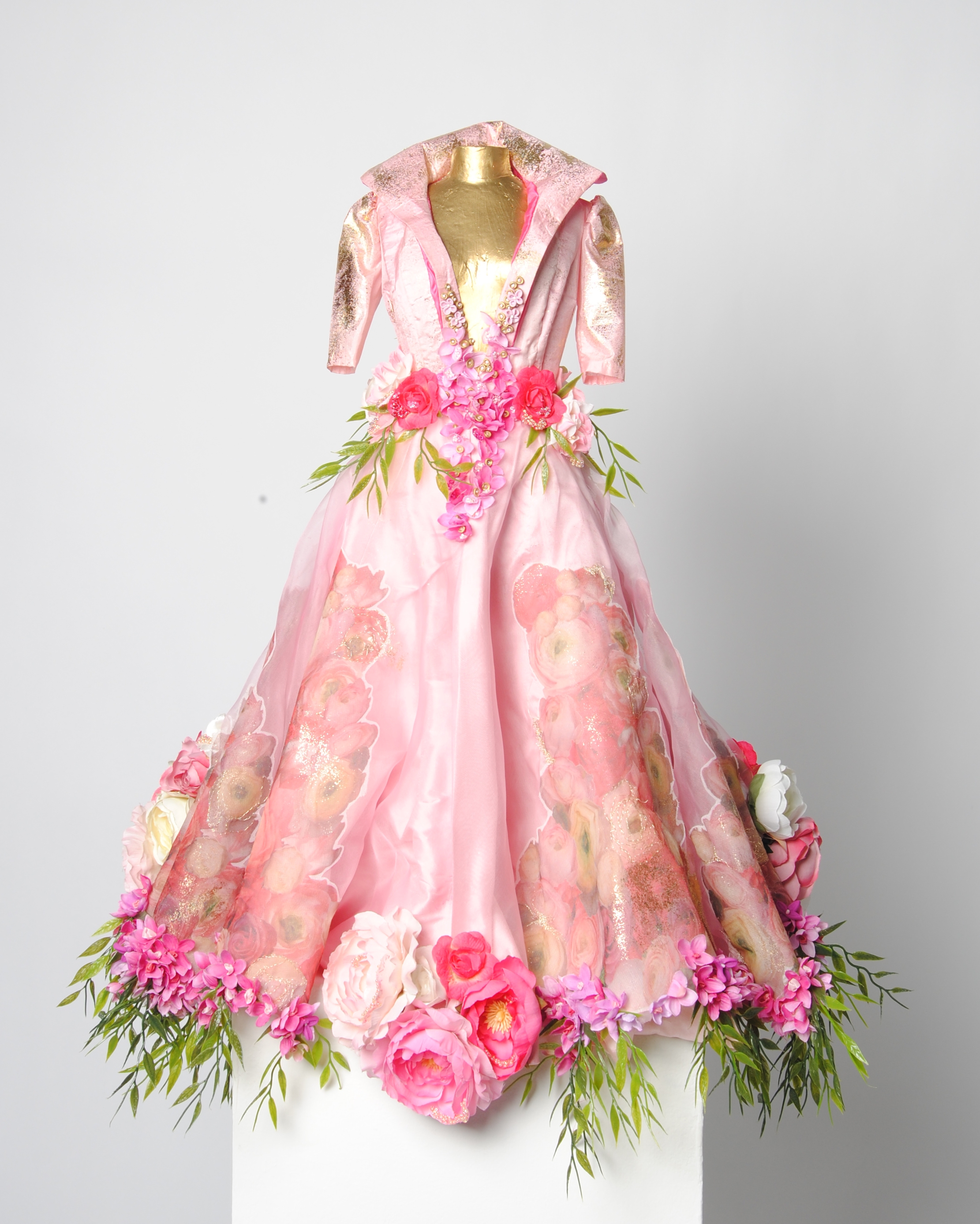This collection of work was inspired by the WB Yeats poem, ‘Aedh Wishes for the Cloths of Heaven’, which is generally attributed as a dedication to Maud Gonne, the object of Yeats’ unrequited love and subject of countless poems. It was also informed by literature from the period which gave insight into social constructs of gender roles and the feminine ideal as well as the implications for women who struggled or refused to conform to these paradigms. The concepts invoked through personal interpretations of the poem, enquiry into the relationship between Maud Gonne and WB Yeats as well as contextual research of the period, sought to explore the various manifestations of love under the scrutiny of the male gaze. It is intended to continue the series as numerous themes are suggested beyond the ones illustrated here, The Trope of Goddess, The Feminine Ideal and Acceptance. The manifestations are expressed using the resonant scale and symbolism of dolls and explored through the medium of textile sculpture, manipulation, print, embellishment and embroidery.
Notebook
Literature
The series is inspired by Aedh Wishes for the Cloths of Heaven by WB Yeats and reflects a personal interpretation of the poem from the perspective of the subject. When first read as a teenager, the poem seemed the ultimate romantic aspiration, to be an artists’ muse, the subject of countless poems and loved so unconditionally - by a famous man no less. Maud Gonne’s rejection of Yeats was frequently a source of wonderment. Re-engaging with the poem as an adult, with further, albeit speculative, understanding of their relationship, the ramifications of such a love became more complicated as the conditions set around it appeared in abundance.
Photochrom of Maud Gonne and W.B Yeats, National Library of Ireland
Aedh Wishes for the Cloths of Heaven
Had I the heavens’ embroidered cloths,
Enwrought with golden and silver light,
The blue and the dim and the dark cloths
Of night and light and the half light,
I would spread the cloths under your feet:
But I, being poor, have only my dreams;
I have spread my dreams under your feet;
Tread softly because you tread on my dreams.
(WB Yeats, The Wind Among the Reeds, Finneran and Harper, 1989)
Miss Maud Gonne, 1890, Sarah Purser, Dublin City Gallery
Narrative
WB Yeats (1865-1939) is one of Ireland’s most celebrated poets. This poem is generally attributed as a dedication to Maud Gonne, the famous actress, feminist, beauty and revolutionary during the time of the Celtic Revival in Ireland. She was also the object of Yeats’ unrequited love, subject of countless poems and is famously quoted as replying to Yeats’ proclamation that he could not be happy without her,
‘Oh yes, you are, because you make beautiful poetry out of what you call your unhappiness and are happy in that. Marriage would be such a dull affair. Poets should never marry. The world should thank me for not marrying you.’
In exploring the idealisation and treatment of the object of desire in the poem, it appears that more complex tendencies are at play,
‘Yeats’s early poetry consistently deploys the traditional romance structure of elevation and abasement: the mistress is above and the lover is at her feet. The female figure portrayed is almost deified, worshipped for her divinity as, elaborate repetition and consonantal patterning establish the cloths of heaven as both the starry skies and the costly blue vestments of a priest dedicated to the Virgin Mary. In this portrayal the female figure is de-humanised, adulated for the ideal rather than accepted for the real, common to all his interests was the trope of the woman as goddess.'
(Gender and History in Yeats's Love Poetry, Elizabeth Butler Cullingford, 1996)
Current research reveals that at his final proposal of marriage Maud Gonne accepted. She also revealed that her children were not adopted as she had led Society to believe, but were the offspring of an illegitimate affair with a journalist in Paris. On hearing this revelation Yeats rejected her and recanted his proposal of marriage (Orna Ross, 2013).
Response
The contextual research led to contemplation of the experience from the perspective of Maud Gonne. The ramification of revealing her truth and vulnerability to a man who purported to love her was rejection. What might this have felt like for her? What were the unspoken conditions of his love, devotion and commitment?
In exploring the different manifestations of love experienced by women under the scrutiny of the male gaze it was possible to conceive of numerous themes. To date, the following have been realized, The Trope of Goddess, The Feminine Ideal and Acceptance.
The Trope of Goddess
A love that is based on idolatry, reverence and divine attributes that raises a woman to levels of deification which does not allow for any kind of freedom of expression as the construct is so concrete. She is on a pedestal and must continue the performance otherwise she is criticised for being imperfect, human, and capable of a gamut of emotions such as joy, abandon and vulnerability which would make her unworthy of worship.
This garment is inspired by the drama and charade of theatrical costume, representing the performance that is often engaged in during courtship as well as relationships. The design is influenced by ecclesiastical vestments and iconoclastic art forms, inferring the deification of the object of desire through the abundance of gold. The vibrant effusion of the colourful flowers express the joy, abandon and potential that may lie just beneath this constructed surface.
The Feminine Ideal
A love that is based on the paradigm of femininity, encapsulating beauty, accomplishment, compliance and charm to such an extent that there is little or no space for challenge, non-conformity, or independence of thought. She is so celebrated as the epitome of the ideal, a trophy, that artifice is required to maintain these canons. In the pressure of endeavouring to realise another’s dreams and desires the lines between reality and fantasy are blurred and the sense of self is lost, smothered and choked.
This garment is inspired by the social constructs of gender as experienced through colour and form. Influenced by the ideals of beauty in the Rococo era and 1950’s, when elaborate and uncomfortable undergarments, make-up, wigs and high-heels were used to achieve the ideal. The artificial becomes more beautiful and alluring than the real, as represented by the digitally enhanced design of real flowers and the lavish adornment of the artificial flowers.
Acceptance
A love that is based on acceptance, autonomy and truth whereby a woman is loved unconditionally for whom she is and in the absence of any charade, courage, honesty and sovereignty are demanded. What would it be like for a woman to be loved for who she is, to be seen for what she is, when all the constructs are shed and complete transparency is revealed how would she be received by the male gaze?
This is cast in ceramic from the original models, representing a new form, a new approach that is inherently more fragile and vulnerable as intimated in the quality of the materials. The gold is peeling away to reveal the truth. The figure is facing the audience, honest, direct and authentic and in the bravery of her stance she asks if the audience can accept her for who she is.


































